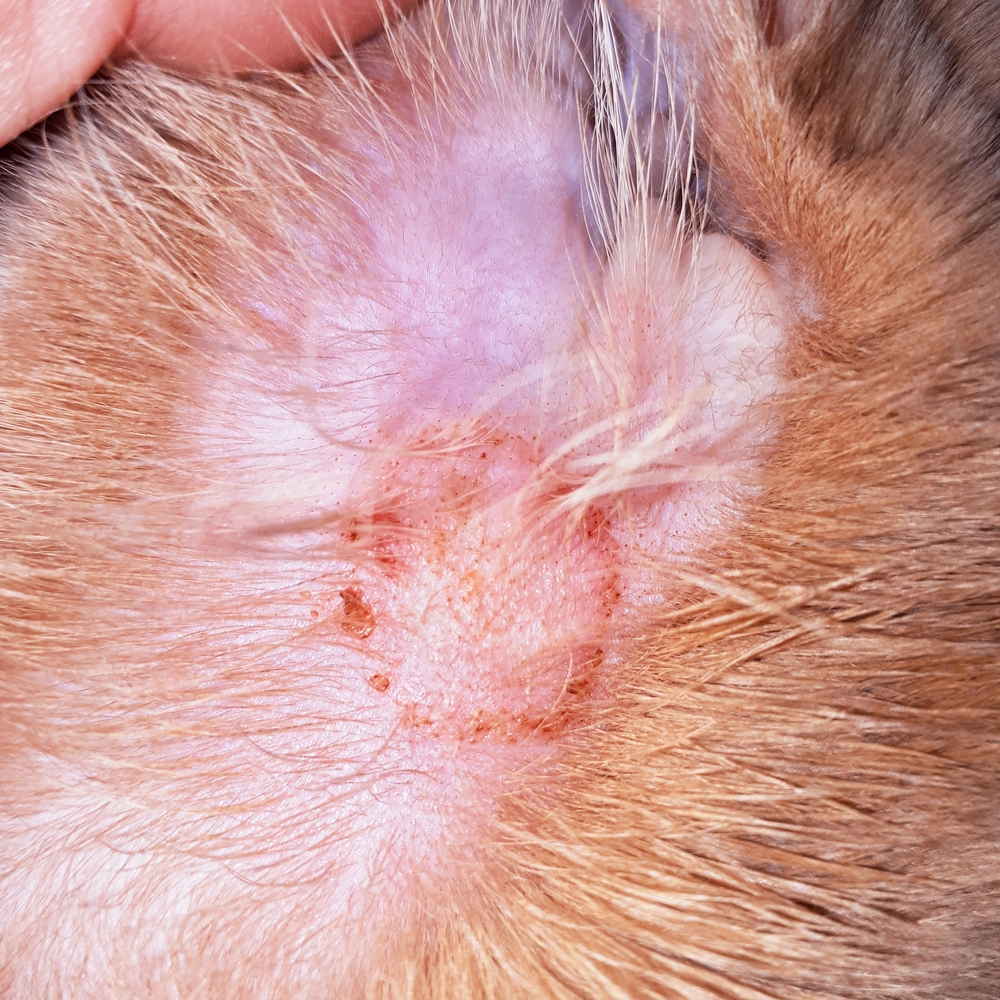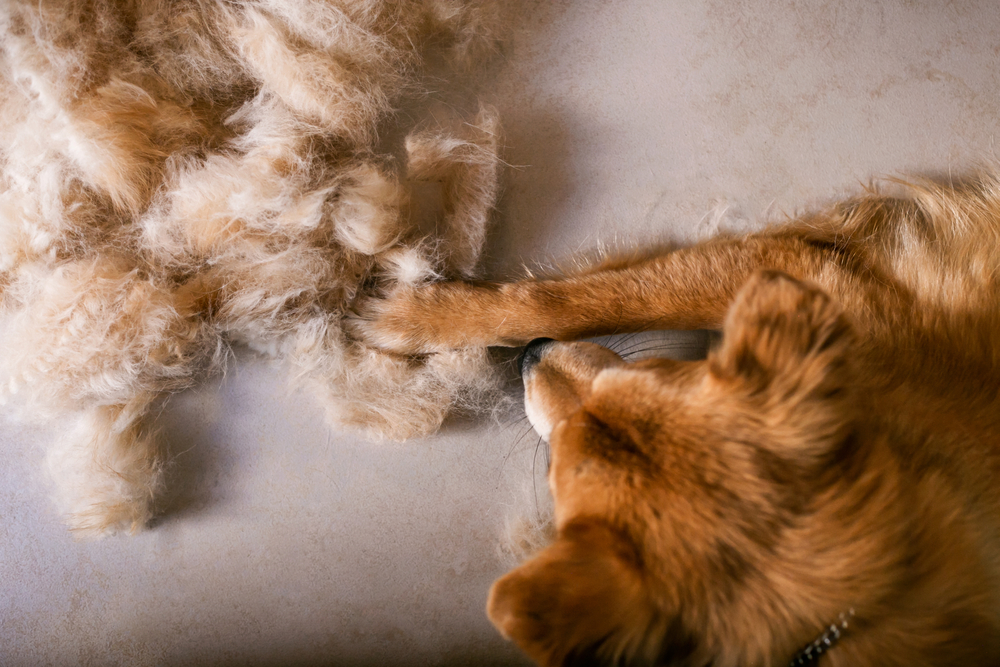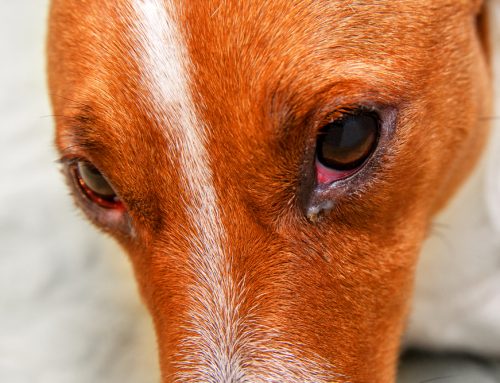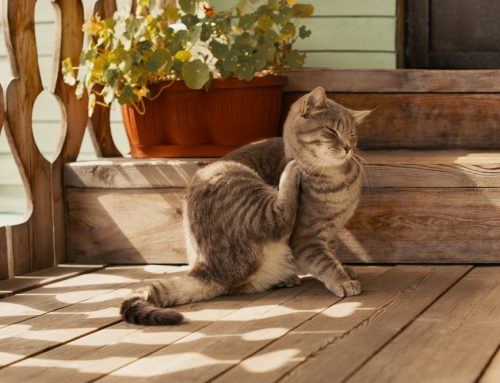For most pet owners, fur and hair are permanent accessories, and lint rollers are like gold. Shedding is a natural way for your pet to shake off their undercoat’s old, damaged hair and regulate their body temperature. Many breeds grow thicker coats in winter and lose them in the spring as temperatures rise. However, pets sometimes lose more hair than normal shedding, which can indicate an underlying health issue. Town & Country Animal Hospital PC’s guide to hair loss in pets explains what to look for, what the abnormal loss can mean, and how to treat your pet’s problem.
Pet hair loss from shedding
If your pet’s hair loss occurs evenly all over the body versus missing patches of fur, that is likely because of shedding. Spring is the most common time for shedding, as pets rid themselves of excess insulation. Some breeds are more prone to shedding than others, and while your pet will always shed—unless you have a hairless breed—you can keep the hair loss under control through regular grooming and a healthy diet.
Pet hair loss from allergies
Allergies are a common cause of hair loss in pets. Pets can suffer from allergies to the environment, food, and fleas.
- Environmental allergies — Also known as inhalants, these allergens include dust, pollen, grass, weeds, and molds.
- Food allergies — Pets with food allergies are typically allergic to a type of protein in their food, most often chicken or beef. To identify food allergies, your veterinarian may use a food trial to identify the offending ingredient.
While humans and pets often have allergy-related respiratory issues, in pets, skin irritation—including hair loss—is the most common sign, with pets exhibiting:
- Itchiness, with constant scratching and skin biting
- Patchy hair loss
- Red, inflamed skin
- Paw licking or chewing
Pet hair loss from parasites
Parasites, like fleas, mites and lice, can also cause skin irritation and hair loss.
- Fleas — Pets with a flea allergy (i.e., flea allergy dermatitis [FAD]) react to a protein in the flea’s saliva, and a single flea bite can cause an intense response. Plus, pets may not be allergic to fleas, but still be irritated by their bites, and cause hair loss from scratching, rubbing, or biting their skin.
- Mites — Demodicosis is an inflammatory disease caused by parasitic mites that leads to hair loss, inflammation, and patchy bald spots.
- Lice — Lice found on pets is a different species to lice found on humans. Pet lice are most often spread by infected pets or grooming tools, and cause signs that include hair loss, itchiness, redness, and flaky skin and hair coat.
Pet hair loss from post-grooming alopecia
When a pet with a dense coat is shaved, their hair may take a long time to grow back, or grow back thin, patchy, and with a different texture. This condition, called post-clipping alopecia, can also occur when a pet’s hair is shaved before surgery.
Pet hair loss from Cushing’s Disease
Hair loss may also be caused by Cushing’s disease (i.e., hyperadrenocorticism), a condition caused by overproduction of the hormone cortisol. Cushing’s disease is most common in pets over age 6, and may be treated with medication or surgery. Cushing’s disease signs include:
- Increased appetite and drinking
- Increased urination
- Excessive panting
- Distended belly
Pet hair loss from ringworm

Ringworm—which despite its name is not a worm—is a fungal infection that affects humans and animals. Ringworm fungi feed on the keratin in the outer layers of the pet’s skin and hair, and hair follicles, resulting in round patches of hair loss. While small ringworm lesions may clear up on their own, the infection is contagious and requires treatment with a topical or oral antifungal medication.
If you notice your pet is losing more than their normal amount of hair and suspect they may be more than simply shedding, schedule an appointment with Town & Country Animal Hospital PC so we can determine the cause, formulate a treatment plan, and relieve their suffering. And, you can stop shaking your head at all that hair.







Leave A Comment